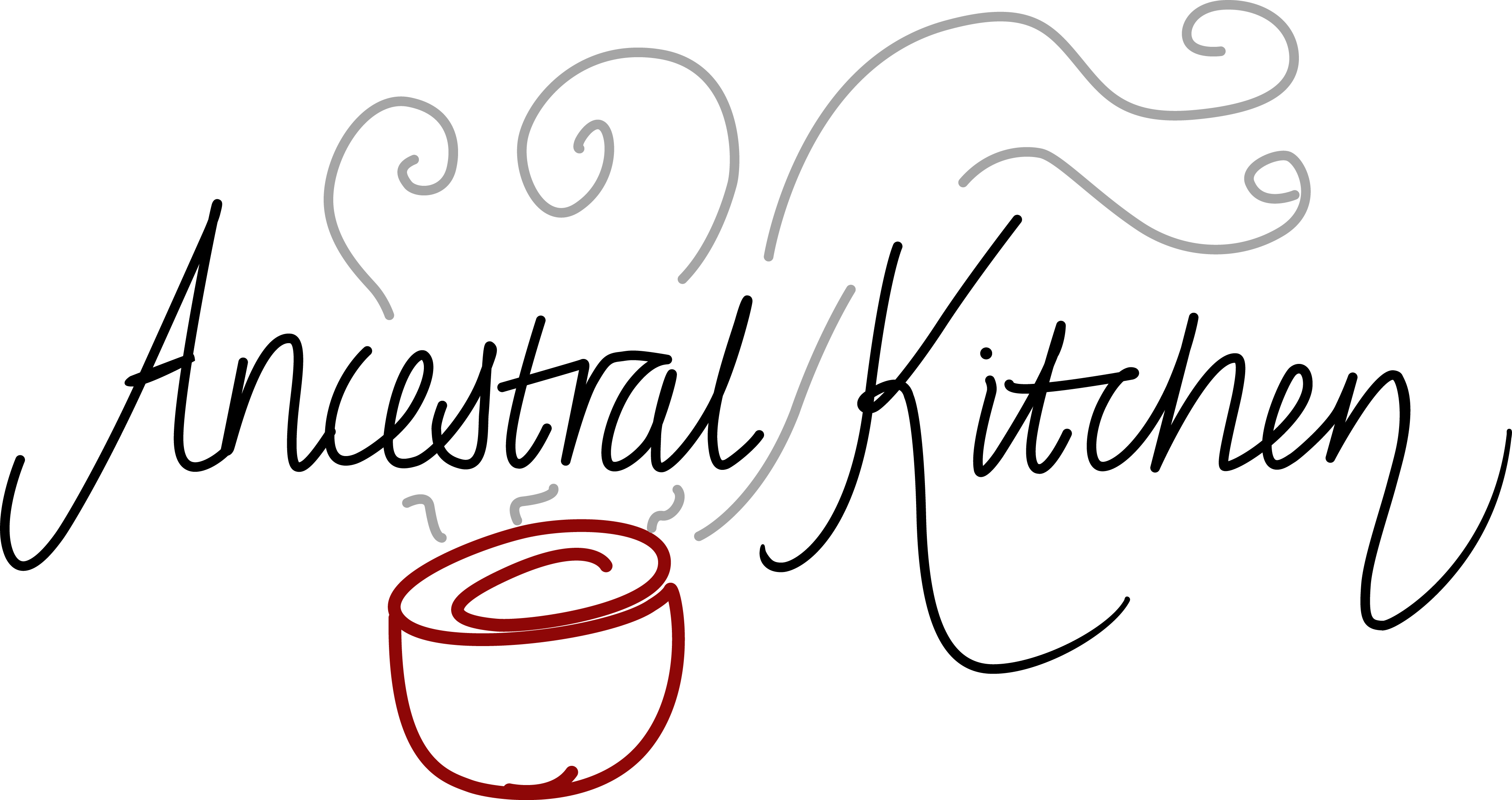Where I get my food from is extremely important to me. That translates to effort on my part to find things that I can feel good about in my kitchen. . What you see here is the result of my latest bout of research. The cacao beans at the bottom are organic and come from a co-operative of farmers in Nicaragua. The solid-looking stuff at the top is cacao liquor (fermented, roasted and ground nibs) from family-run farms in Ecuador. . It’s not been easy for me to find ‘transparent’ cacao; cacao where I can see the growers, the makers, the co-operatives. I am just little me in my apartment kitchen, I’m not an expert and I can’t buy 75kg bags of beans (the normal size of a bag of cacao!). But I care about it *greatly*. . What’s most exciting about these two cacao options (which I’ll use to make ancestral drinks and 100% cacao chocolate for my family) is that I can buy them in smaller packages (yes!) and also the top one, the liquor, was processed in country, not by a company in the US or Amsterdam. The more value-added processes that can be done by the communities who grow the produce, the more wealth stays where it should; with the experts and the ones who work hard to produce the product. . I’d love for everyone to buy their chocolate like this.
Where I get my food from is extremely important to me. That translates to effort on my part to find things that I can feel good about in my kitchen.
.
What you see here is the result of my latest bout of research. The cacao beans at the bottom are organic and come from a co-operative of farmers in Nicaragua. The solid-looking stuff at the top is cacao liquor (fermented, roasted and ground nibs) from family-run farms in Ecuador.
.
It’s not been easy for me to find ‘transparent’ cacao; cacao where I can see the growers, the makers, the co-operatives. I am just little me in my apartment kitchen, I’m not an expert and I can’t buy 75kg bags of beans (the normal size of a bag of cacao!). But I care about it *greatly*.
.
What’s most exciting about these two cacao options (which I’ll use to make ancestral drinks and 100% cacao chocolate for my family) is that I can buy them in smaller packages (yes!) and also the top one, the liquor, was processed in country, not by a company in the US or Amsterdam. The more value-added processes that can be done by the communities who grow the produce, the more wealth stays where it should; with the experts and the ones who work hard to produce the product.
.
I’d love for everyone to buy their chocolate like this.











